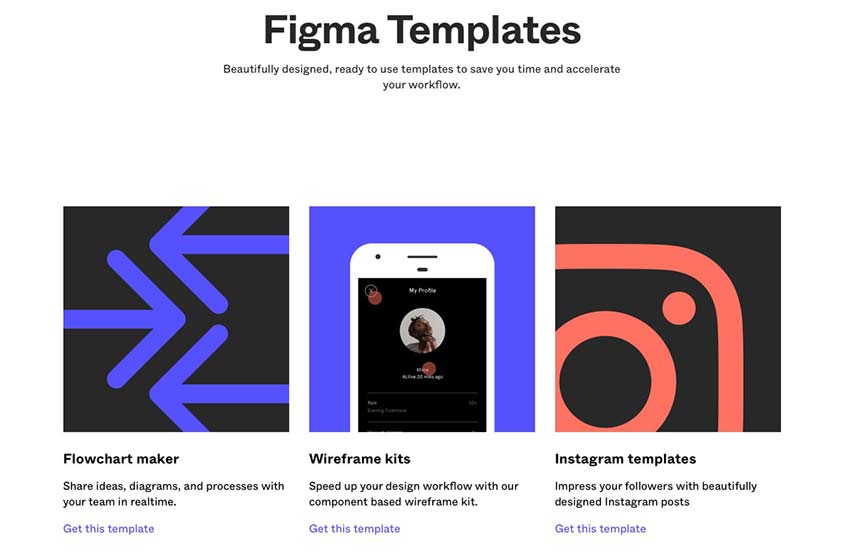

You can also see that the mouse cursor is hovering above what would be top center alignment. The space between the items is specified in the Spacing Between Items box we saw earlier. In the image above you can see that objects within this frame are aligned to the top left. You can see the how alignment is impacting the child objects in the Alignment and Padding panel we looked at earlier: Now, you apply alignment properties to the parent container.

In the old version of Auto Layout you would perform any alignment at the “child level”, ie. The new Figma Auto Layout offers us some new alignment control too. These three approaches to the sizing of objects, especially as you can use any combination you like on one object, allow total control when dealing with whole page and component layouts. The last possible value here is Fill Container, which will make the button as wide or as tall as the available space in the parent container allows. As you might expect, this allows you to enter a fixed value for the width and height of the button. This makes the parent frame “hug” the button by resizing itself depending on how big the button isĪlternatively we can set this resize value to Fixed Width and Fixed Height. For example, we can apply Auto Layout to a button (just like above) then in the Resizing properties we can apply Hug Contents both vertically, and horizontally. We also have some exciting new options for resizing. In the old version of Figma Auto Layout you could apply padding by specifying horizontal and vertical values, but in this new Auto Layout you can enter values for top, bottom, left, and right, all within the Alignment and Padding panel: Resizing These values can be changed by entering different numbers. Doing so immediately creates a frame around the text object (see the layers panel), applies a default 10px of padding between the items (we’ll get to this in a moment) and a default 10px of padding around the object (see the properties panel):

You add the text to the workspace, then right-click > Auto Layout.

Imagine you create a text object for a button. Check out the video above for complete demonstrations of these features-here’s a quick summary: Padding New Figma Auto Layout FeaturesĪs I mentioned earlier the concept of Auto Layout is nothing new to Figma, but this recent incarnation of it comes with plenty of new features. It’s without doubt my favorite feature within Figma. This is a very basic demonstration, but with Auto Layout features we can create buttons which resize according to their content, or menus which do the same, even whole layouts which shift and adjust responsively. We can also choose Vertical and apply a number of other settings giving us great levels of control over alignment, distribution, and spacing. This arranges the shapes horizontally within the frame. You’ll notice in the Auto Layout properties that we have Horizontal selected. Here, for example, is a simple frame which contains some shapes:īy selecting the frame, then clicking the Auto Layout button in the sidebar, the shapes within the frame are arranged more efficiently and the frame itself adjusts in response to the area they occupy:
#Responsive resize in figma how to#
How to Use the New Figma Auto Layout Featuresįigma Auto Layout allows you to create dynamic frames which adjust to their content.


 0 kommentar(er)
0 kommentar(er)
